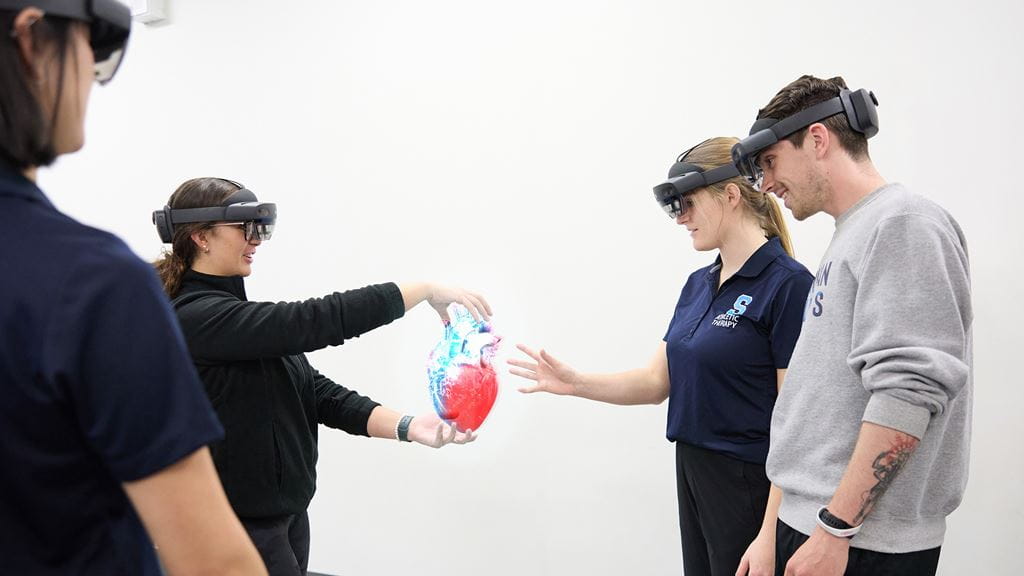
Danny Liswaniso

Danny Liswaniso
Professor
Faculty of Applied Health & Community Studies
-
Biography
-
Teaching & Research Interests
-
-
Dr. Liswaniso is a Professor in the Veterinary Technician and Animal Care programs at Sheridan College. He is a veterinarian, specializing in comparative veterinary Anatomy and Physiology as well as veterinary diagnostic imaging. He obtained his master’s degree (MVM) in diagnostic imaging from Glasgow University in Scotland focusing on the diagnosis of early tendon damage in distal limbs of horses and ostriches. Following his master’s degree, he moved to Cambridge University (England) where he obtained a PhD in veterinary diagnostic imaging. His research focused on the mapping of saddle pressure distribution patterns using Force Sensing Array System (FSA) in racehorses and relating these results with back problems in these animals. He moved to Canada in 2001 to work in private industry as a diagnostic imaging product specialist for 2 years before accepting a teaching position at an American offshore veterinary university, Ross University in the Caribbean where he taught comparative veterinary anatomy and radiographic anatomy to veterinary undergraduate students for 7 years. He then returned to Canada to join Sheridan College as a full time Professor in 2008. In addition to his teaching duties, Dr. Liswaniso has sat on many college committees and also served as a program coordinator for both veterinary technician and animal care programs for 3 years. Dr. Liswaniso brings to the program the benefits of his experience in both private industry and university teaching settings.
Teaching philosophy
- Dr. Liswaniso believes that teaching and learning are a joint effort between the professor and the student. He is strongly against the one-sided view that the professor is always correct (i.e., professes) and that students should be taught to as though they are “sponges.” He encourages critical thinking and discussion activities.
Selected publications and reports
- Liswaniso. D. (2001). A study of pressure patterns beneath the saddle of riding horses using Force Sensing Array (FSA) technology. Ph. D. Thesis, University of Cambridge, Dept of Clinical Veterinary Medicine, Cambridge.
- Liswaniso D. (1996). A morphological and diagnostic imaging study of the distal pelvic limb of the Ostrich (Struthio camelus). M.V. M thesis, Department of Anatomy , School of Veterinary Medicine, Glasgow University, Glasgow, Scotland.
- An ultrasonographic examination of the distal region of the pelvis limb of the ostrich. D. Liswaniso, M. D. Purton, J. S. Boyd & D. C. Deeming (1996). In: Improving Our Understanding Of Ratites In A Farming Environment, D. C. Deeming (Ed), pp. 7-9., Oxfordshire.
- Morphology of the distal region of the pelvis limb of the ostrich. D. Liswaniso, M. D. Purton, J. S. Boyd & D. C. Deeming (1996). In: Improving Our Understanding Of Ratites In A Farming Environment, D. C. Deeming (Ed), pp. 9-10. Oxfordshire.
Teaching Interests
- Veterinary gross Anatomy and Physiology
- Wildlife management
- Domestic Animal science
- Exotics
- Radiographic Anatomy
- Ethics
Research Interests
- Dr. Liswaniso is interested in research involving nervous and musculoskeletal systems and the use of different imaging modalities in understanding injuries and healing processes of tissues and organs animals. He is currently working on a project developing veterinary gross anatomy animations and interactive resources. On completion, this resource will be used for teaching veterinary gross anatomy without use of animal cadavers.






